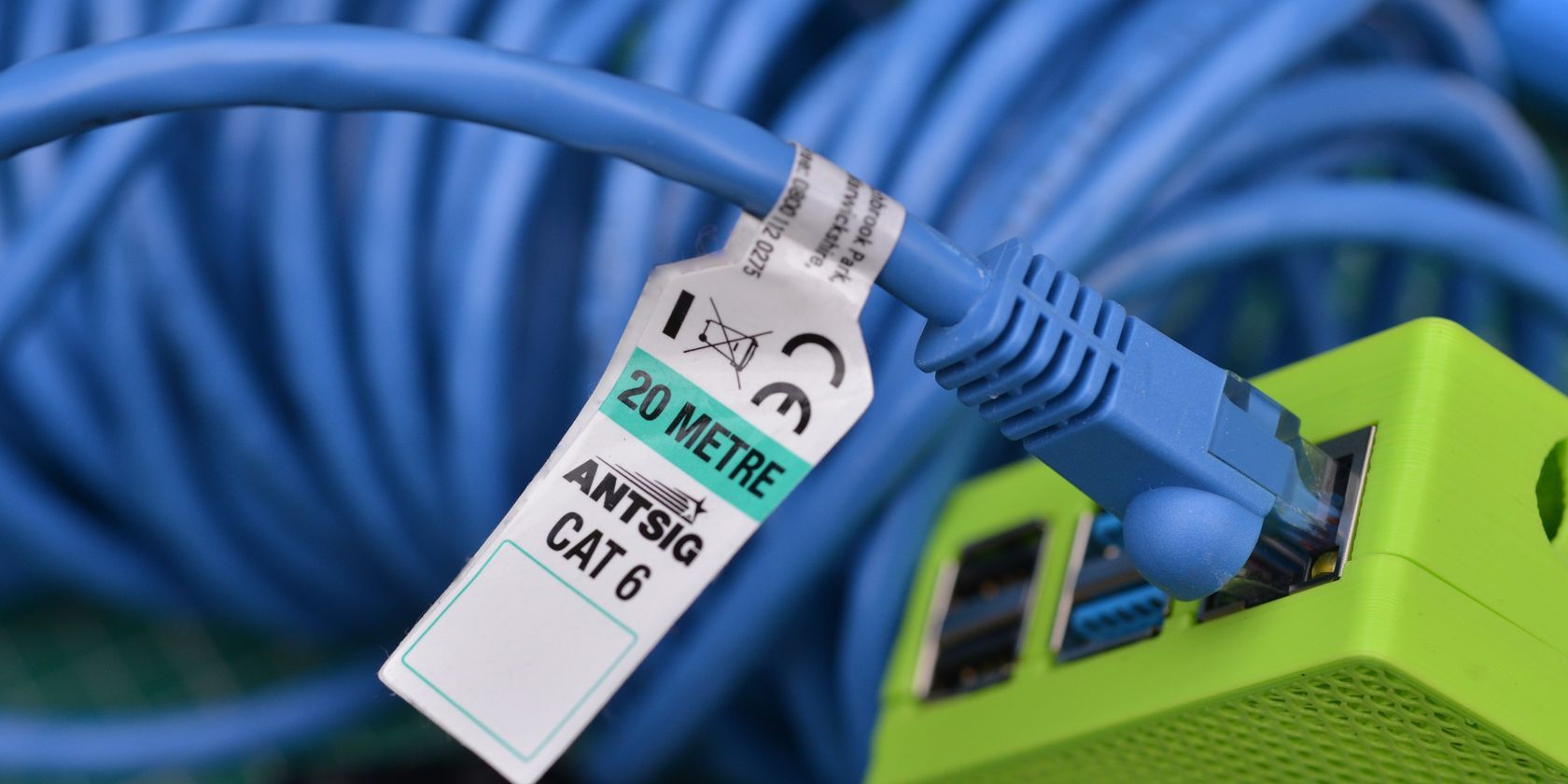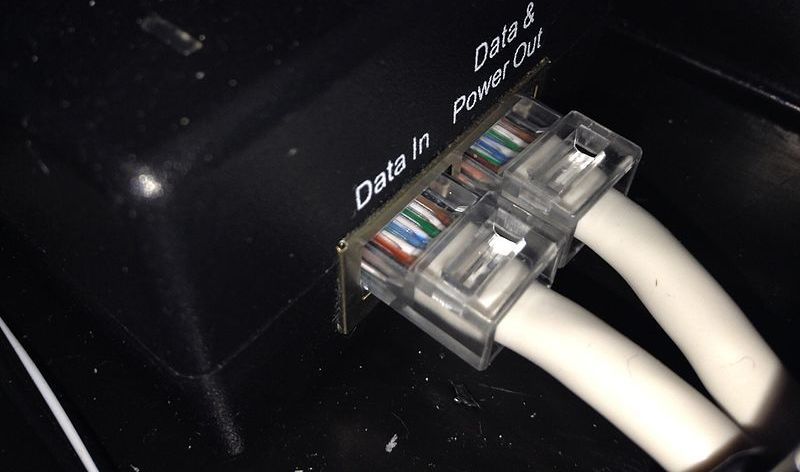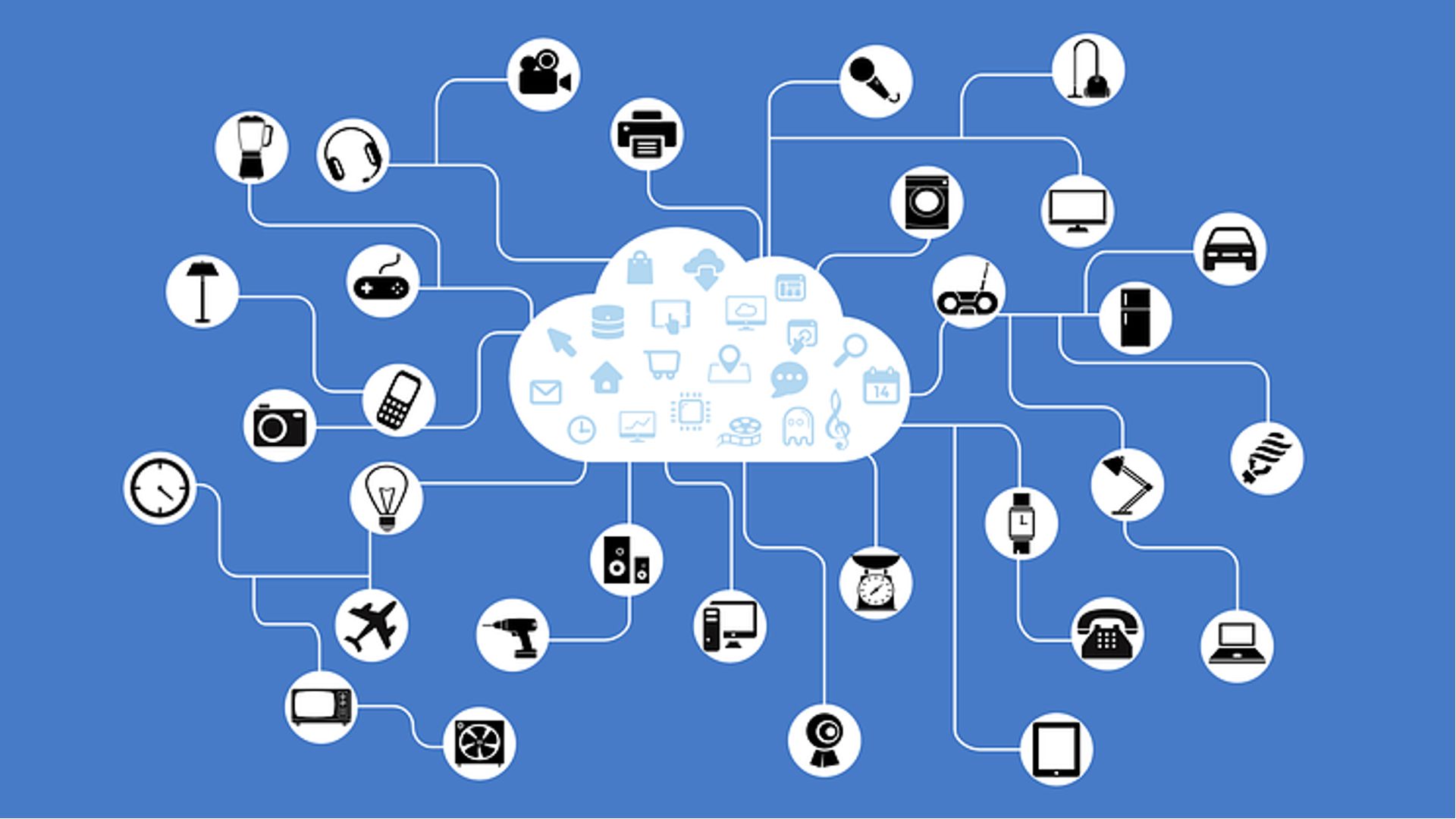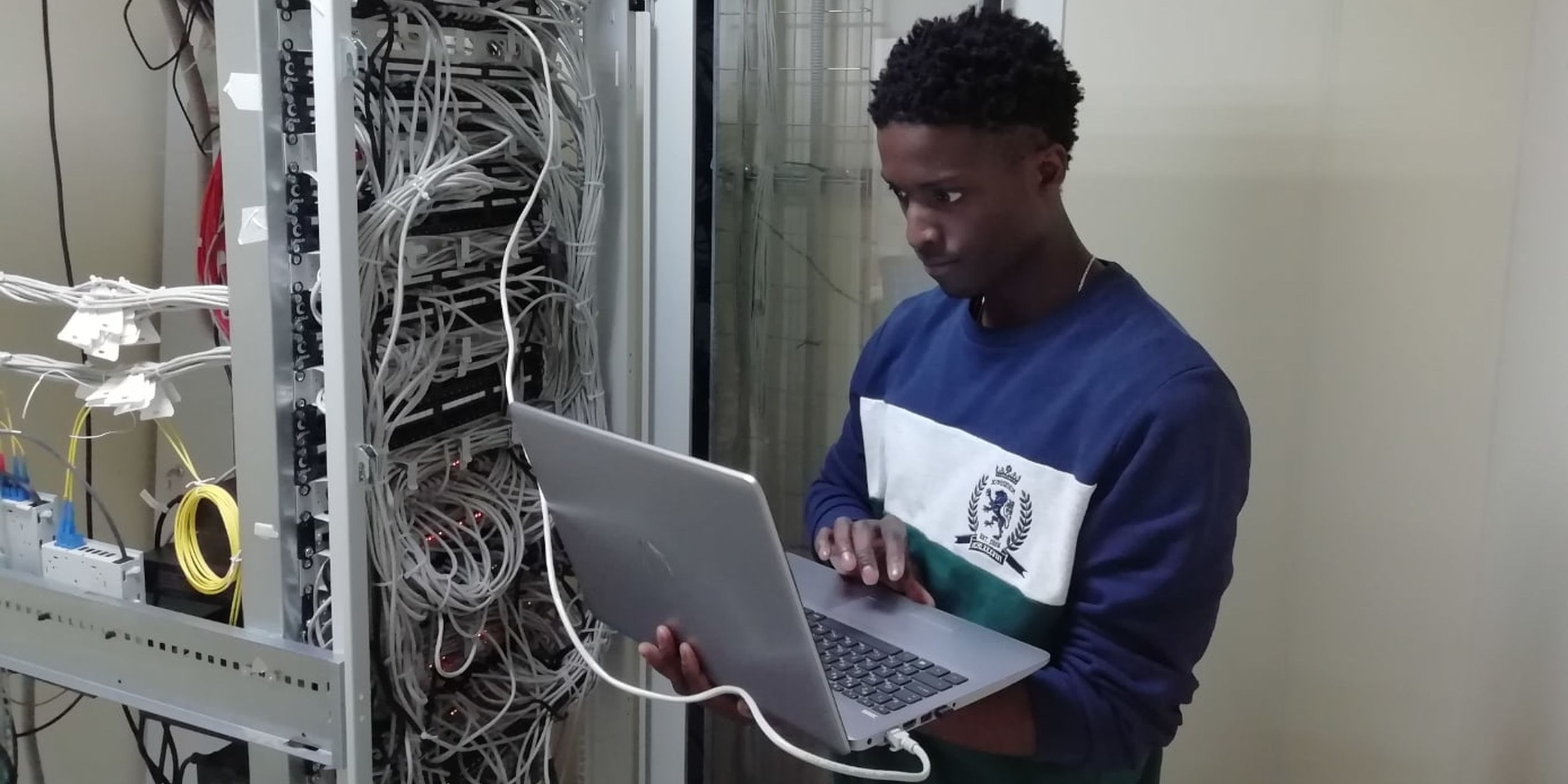Technology is an essential part of our everyday lives. Today, it's common for houses to come equipped with surveillance cameras, smart alarms, ambient light sensors, and garage parking sensors.
These smart devices are connected through a local area network (LAN) and are usually equipped with a PoE switch, allowing you to power all of your Internet of Things (IoT) devices.
With newer PoE+ technology becoming the standard, are you missing out? Is it time to upgrade your current network? And if you do, will it be worth it? Let's find out!
What Is PoE?
Before jumping straight through to PoE+, let's briefly discuss what PoE is to help those unfamiliar with the technology.
PoE stands for Power over Ethernet, and it is a technology that came into the market during the early 2000s. As the name implies, PoE is used to power low-wattage devices through an Ethernet cable. This meant that low-power devices no longer needed batteries or dedicated power adapters and power outlets to use the device.
PoE works by taking advantage of two of the four twisted pairs used in an Ethernet cable to provide power while the other two pairs transmit and receive data. PoE can deliver up to 15.4 watts, enough to power devices such as VoIP phones, IP cameras, and wireless access points.
Not every network has PoE capabilities, and you will need a PoE-rated device to use PoE. You can usually find PoE-rated devices in the form of network switches and sometimes even routers. There are also networks that utilize a PoE injector that allows PoE without the need for PoE-rated switches.
What Is PoE+?
PoE was a game changer! It reduced the need for power cables and dedicated power outlets for every low power device connected to the network, allowing for neat installs and quicker maintenance.
But as technology continued to evolve, PoE+ was introduced in the market. This newer and better PoE version allows manufacturers to design devices that wouldn't have been possible with the 15.4-watt power constraint.
PoE Plus fundamentally works like the standard PoE protocol but doubles the power. The newer version of PoE can provide up to 30 watts of power, adequate for devices such as IP telephones, biometric sensors, IP tracking cameras, and alarm systems.
To integrate PoE+ into your system, you will need a PoE+ rated network switch or PoE injector and Cat5 Ethernet cables or better.
Although PoE+ is the current global standard, it doesn't mean that it's the latest PoE protocol.
The Future of Ethernet Power Delivery: PoE++
PoE++ is the latest PoE protocol, and it uses up to four of the twisted pairs within an Ethernet cable to deliver even more power. PoE++ can be categorized into two versions: Type 3 and Type 4. Type 3 delivers up to 60 watts of power, while Type 4 can deliver 100 watts, enough to power large monitors and some laptops!
Even though PoE++ is already available, only a few IoT devices actually need more than 30 watts of power. There simply aren't enough devices in the market that take advantage of the 100-watt capability of PoE++ Type 4. So unless it's for future-proofing, you'll probably be happy upgrading to PoE+.
Is It Worth the Upgrading Your Current PoE System?
If your network currently implements standard PoE, upgrading your system to a newer version of PoE will open lots of options to make your network even better. After all, PoE was introduced to power simple devices in the early 2000s. With all the innovations in IoT, you now have the option to enjoy a large variety of modern smart devices.
However, upgrading your system doesn't always mean it will be worth it. For instance, the standard PoE protocol is still capable enough to power most basic IoT devices. Maybe you don't really care for those fancy new alarm systems, video telephones, and door access systems. Maybe for you, a wireless access point, simple alarms, and a VoIP phone are the only things you need to power.
Other things to consider would be cost and installation. If you have a small network, upgrading your system from PoE to PoE+ or even the latest PoE++ shouldn't be a problem. Even if you don't plan to make a fully decked-out smart home, just the future-proofing aspect of an updated network will be worth the upgrade.
But if you do have a large and complex network, the cost and difficulty of installing new switches and cables may not come as cheap or as easy as it would be on a small home network. In this case, you really have to want the perks of the upgrade for it to be worth it.
PoE vs. PoE+ vs. PoE++
So have you decided? When it comes to tech, upgrading your system will always be inevitable, and you will, at some point, need to upgrade your system. But that also doesn't always mean you should upgrade right now. Ultimately, your timing when it comes to upgrading your system is what will determine if upgrading is worth it or not.




